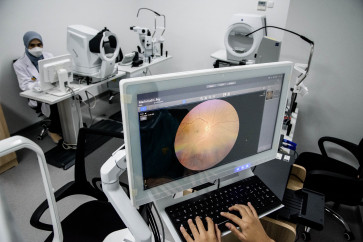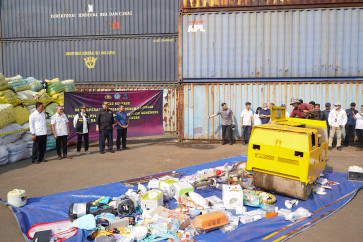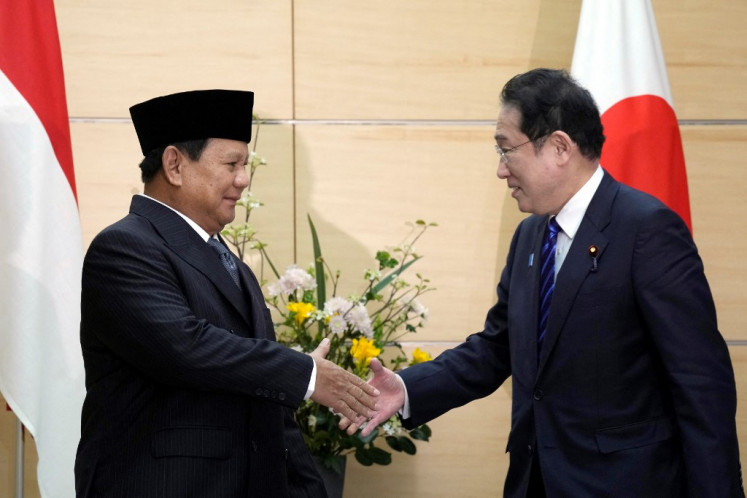More small stores, but market share falls
While overall grocery sales remain fairly robust despite the economic downturn, there is a growing number of small traditional grocery stores despite a steady decline in their market share, a survey shows
Change Size

W
hile overall grocery sales remain fairly robust despite the economic downturn, there is a growing number of small traditional grocery stores despite a steady decline in their market share, a survey shows.
Nielsen Company Indonesia revealed Wednesday that the share of traditional counters in the grocery trade declined to 62.9 percent during the January-March 2009 period from 63.6 percent a year earlier, on the back of the increasing popularity of modern larger retailers.
The survey also finds that what has happened in Indonesia follows a regional trend.
In South Korea, the market share of traditional groceries also dropped, but from 15.9 percent to 13.9 percent during the same period. In Taiwan, the figure is down to 6.2 percent from 7.7 percent; Malaysia to 49.1 percent from 49.2 percent; and in India down to 96.9 percent from 97.4 percent.
By contrast, modern retailers enjoyed a boom in sales and gained a greater market share.
Mini-markets or convenience stores, for example, enjoyed 13.29 percent sales growth in Indonesia during the same period, taking 16.2 percent of the national grocery market share in 2009 compared to 14.3 percent in 2008.
Nielsen shows that modern retailers such as Wal-Mart, Tesco and Carrefour organized spin-off small-scale modern shops as part of their strategy to gain markets in big cities.
"In 2008, the number of mini markets grew by about 17 percent from the previous year, representing more than 100,000 stores.
"The biggest part of the figure happened in Indonesia, where more than 1,500 mini-markets were started-off in 2008, bringing the total to more than 10,500 outlets," said a director of Nielsen, Yongky Susilo.
Despite the decreasing market share of traditional grocery traders Nielsen found that the number of traditional grocery stores in Asia, Southeast and South Asian nations in particular, rose by 1 percent to 12.3 million stores in January 2009 from 12.1 million stores a year earlier.
"This year, consumers from all Asian nations tended to save money rather than shopping for expensive goods. As a result, people spent more in groceries on fast-moving consumer goods *FMCG*.
"In addition, most Asian people find that the atmosphere of traditional markets suit their needs. They find that such markets are more comfortable for daily shopping. Traditional markets also provide more social connections and more affordable prices," Yongky said.
In Indonesia, the number of traditional stores has now reached over 2 million, about 2 percent more from a year earlier. In 2004, the number reached 1.7 million.
Aside from the shifts in shares between traditional and modern markets, total grocery sales continued to rise, from Rp 69.91 billion (US$7.23 million) during the January-September 2008 period, up by 5.9 percent to Rp 74.03 billion in 2009.
The growth, however, is lower than in previous years, as a result of the negative impacts of the global economic crisis.









